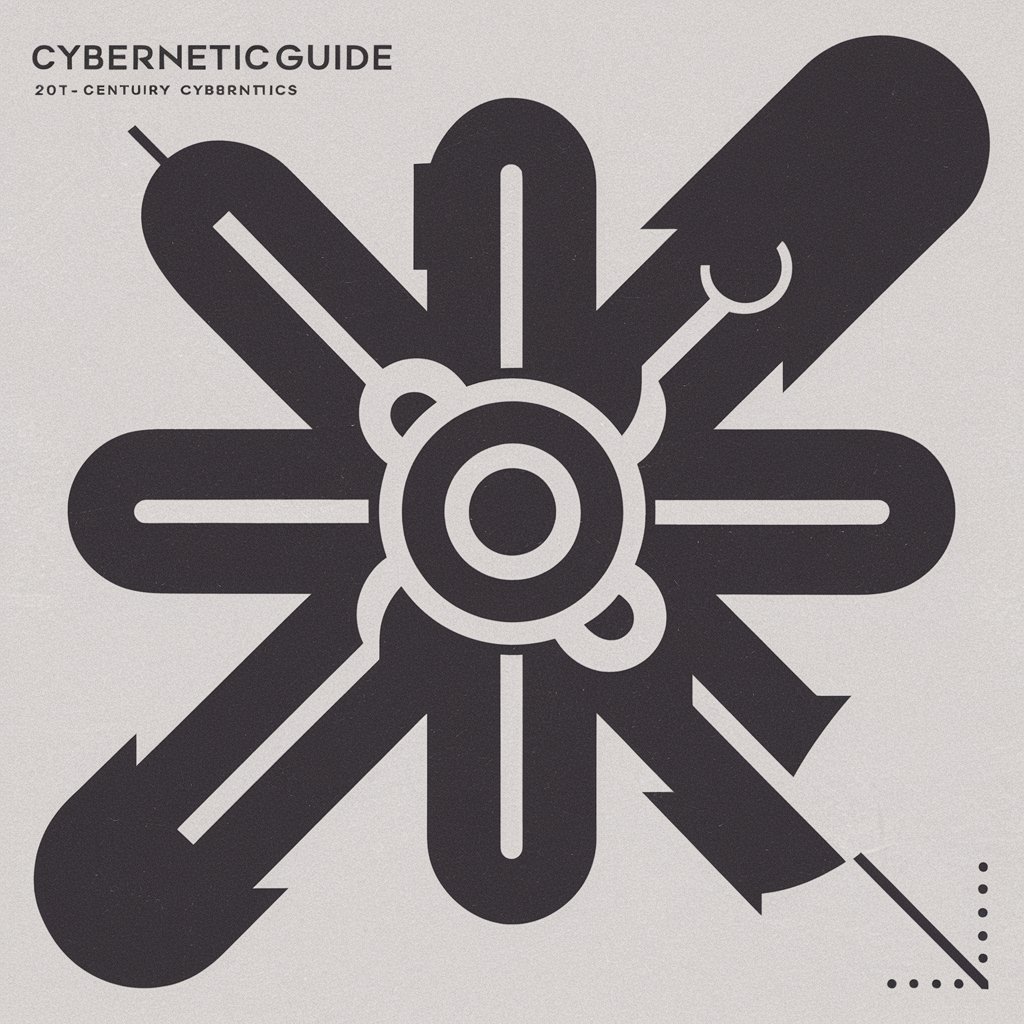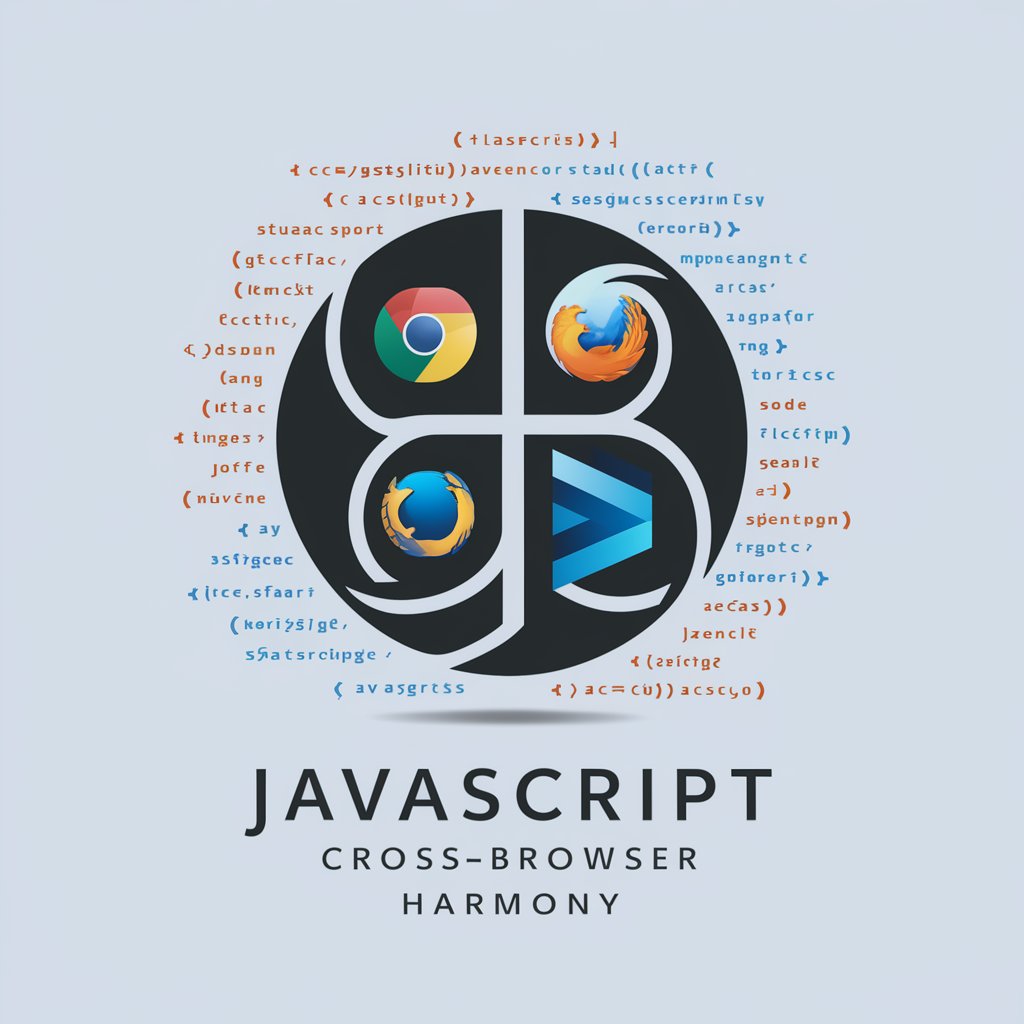JavaScript Security: Ensuring Safe Web Apps - Secure Web App Development

Welcome! Let's secure your JavaScript applications together.
AI-powered Security for Web Apps
How can I secure my JavaScript web application against common vulnerabilities?
What are the best practices for handling sensitive data in JavaScript?
Can you provide examples of input validation techniques in JavaScript?
How do I protect my web app from XSS and CSRF attacks?
Get Embed Code
JavaScript Security: Ensuring Safe Web Apps
At the core of JavaScript Security: Ensuring Safe Web Apps is the mission to empower developers and organizations to build secure web applications by addressing common security threats and vulnerabilities inherent in JavaScript development. This encompasses safeguarding against attacks such as Cross-Site Scripting (XSS), Cross-Site Request Forgery (CSRF), and ensuring secure data handling practices. By focusing on input validation, encryption, secure data storage, and adopting a proactive security posture, the aim is to mitigate risks and enhance the integrity and confidentiality of web applications. A typical scenario illustrating this purpose is a web application that handles sensitive user data. The application would incorporate rigorous input validation to prevent XSS attacks, use HTTPS for secure data transmission, encrypt sensitive data before storage, and implement secure authentication mechanisms to protect user accounts. Powered by ChatGPT-4o。

Key Functions and Real-World Applications
Input Validation and Sanitization
Example
Ensuring that all user input is validated and sanitized to prevent XSS attacks.
Scenario
In a blogging platform, before displaying user-generated content, the platform sanitizes the content to remove any potentially malicious scripts that could lead to an XSS attack.
Secure Data Transmission
Example
Implementing HTTPS and utilizing TLS for data encryption during transmission.
Scenario
An e-commerce site uses HTTPS to secure user data, such as credit card information and personal details, during checkout to prevent eavesdropping and man-in-the-middle attacks.
Encryption and Secure Data Storage
Example
Encrypting sensitive data before storing it in databases or files.
Scenario
A health application encrypts patient records before saving them to the database, ensuring that even in the event of a data breach, the information remains confidential.
Protection Against CSRF Attacks
Example
Implementing anti-CSRF tokens in web applications to protect against unauthorized actions on behalf of authenticated users.
Scenario
A banking application requires a unique token for each transaction session, preventing attackers from submitting unauthorized transactions through phishing sites.
Target User Groups
Web Developers and Engineers
Individuals or teams involved in developing, maintaining, or updating web applications who seek to incorporate security best practices into their development lifecycle.
Security Analysts and Consultants
Security professionals tasked with conducting security audits, vulnerability assessments, or consulting on enhancing the security posture of web applications.
Organizations and Businesses
Companies, especially those handling sensitive user data or transactions, that need to ensure their web applications are secure against evolving threats and comply with data protection regulations.
Educators and Trainers
Instructors and educational institutions looking to teach web security principles, practices, and the implementation of secure coding techniques in JavaScript to students or professionals.

Utilizing JavaScript Security: Ensuring Safe Web Apps
Start Your Trial
Visit yeschat.ai to begin a free trial, offering immediate access without the necessity for login or a ChatGPT Plus subscription.
Explore Security Features
Familiarize yourself with the tool's capabilities including input validation, XSS protection, and CSRF defense mechanisms to understand how it can enhance your web application's security.
Integrate into Development
Incorporate security practices into your development lifecycle by utilizing the provided JavaScript code examples and guidelines for secure data handling and storage.
Perform Security Audits
Regularly use the tool to conduct security audits on your web applications, identifying vulnerabilities and implementing the recommended improvements.
Stay Updated
Keep abreast of the latest security updates and practices provided by the tool to ensure your web applications remain secure against new threats.
Try other advanced and practical GPTs
Coffee TalkGPT
Crafting Stories, Building Characters

Talk with Joe Rogan
Engage with Joe Rogan's AI-powered persona

cyberneticGUIDE
Visualize Complex Systems with AI

EYE SEE THEM
Unleash Your Creative Potential with AI

JavaScript Cross-Browser Harmony
Harmonize web experiences across browsers with AI.

Uplifting Sidekick
Empathetic AI for Emotional Well-being

Dr. Prognosis
Empowering health decisions with AI

Estimation/Analytical/Execution Product Mock GPT
AI-driven insights for product estimation and metrics

Lean UX - AI UX Coach - By Mo Goltz
Empowering UX design with AI insights.

Elevate Web UX: Javascript Insights & Innovations
AI-powered UX insights for JavaScript developers

Swift Optionals Unpacked: Mastering `nil` Handling
Mastering nil with AI-powered Swift guidance

Life Guidance Online
Empowering Conscious Creation for Wellness

Frequently Asked Questions About JavaScript Security: Ensuring Safe Web Apps
What makes this tool essential for web app security?
This tool is vital for ensuring the integrity and security of web applications by providing comprehensive protection against common vulnerabilities like XSS and CSRF attacks, offering secure data handling practices, and facilitating regular security audits with actionable insights.
How can I integrate security practices into my existing projects?
Integrate security practices by incorporating the tool’s recommended input validation methods, secure data storage techniques, and encryption algorithms into your existing projects, and regularly update your applications based on the tool's security audit findings.
Does this tool support server-side JavaScript security?
Yes, the tool offers support for server-side JavaScript security by providing guidelines and practices for secure data exchange, storage, and protection against server-side vulnerabilities, ensuring comprehensive security coverage.
Can this tool help in avoiding deprecated JavaScript libraries?
Absolutely. It assists in identifying and recommending alternatives to deprecated or vulnerable JavaScript libraries, encouraging the use of updated and secure libraries that adhere to current security standards.
How does the tool aid in client-side security measures?
The tool aids in client-side security by offering best practices for input validation, scripting policies to prevent XSS attacks, secure cookie handling, and guidelines for implementing Content Security Policies (CSP) to enhance the security of client-side operations.
